Home>Articles>What Is The Best Way To Protect Yourself From Getting Caught In Power Tools
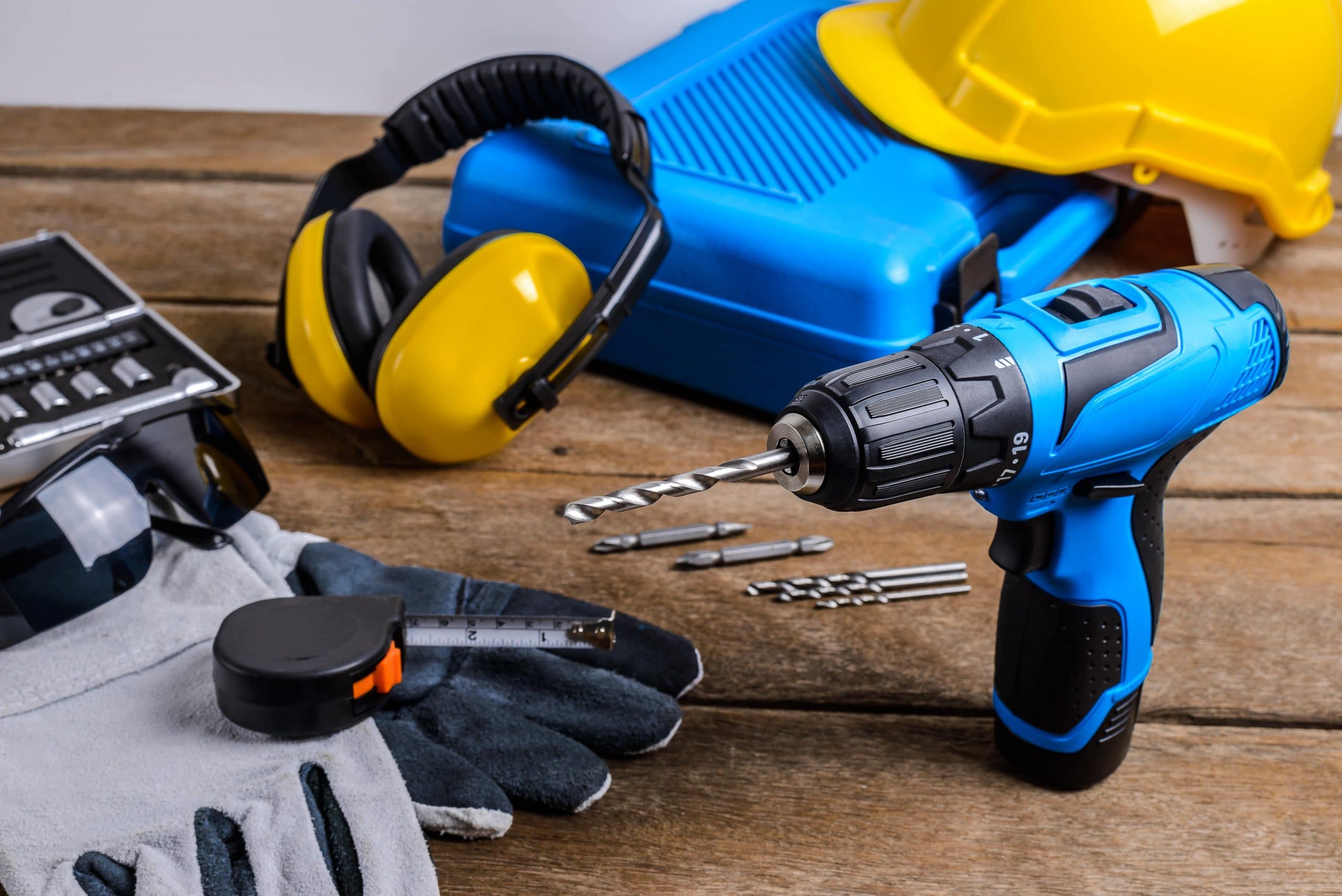

Articles
What Is The Best Way To Protect Yourself From Getting Caught In Power Tools
Modified: August 31, 2024
Discover the best way to protect yourself from power tool accidents with our informative articles. Keep yourself safe and knowledgeable with our expert tips and advice.
(Many of the links in this article redirect to a specific reviewed product. Your purchase of these products through affiliate links helps to generate commission for Storables.com, at no extra cost. Learn more)
Introduction – Explanation of the Importance of Protecting Oneself from Getting Caught in Power Tools
Power tools have revolutionized the way we work and have made many tasks faster, easier, and more efficient. However, along with the benefits they offer, power tools also pose certain risks. One of the most significant dangers associated with power tools is the potential to get caught in them, resulting in severe injuries or even fatalities. That’s why it’s crucial to understand the importance of protecting oneself and taking appropriate safety measures when working with these tools.
Getting caught in a power tool can happen in various ways. It could be a loose piece of clothing, a dangling accessory, or simply a momentary lapse in concentration. Regardless of the cause, the consequences can be devastating. From lacerations and amputations to fractures and spinal injuries, the outcomes of such accidents can have long-lasting effects on the individuals involved.
By prioritizing safety and adopting preventative measures, the risk of getting caught in power tools can be significantly reduced. This includes understanding the hazards associated with power tools, wearing appropriate personal protective equipment (PPE), adhering to safety guidelines, performing proper maintenance and inspection, as well as receiving adequate training and education on power tool safety.
Throughout this article, we will delve into the various aspects of protecting oneself from power tool accidents. We will explore the different types of power tools, common hazards to be aware of, the importance of PPE, safety guidelines to follow, the significance of maintenance and inspection, the value of training and education, and common power tool accidents and how to prevent them.
By the end of this article, you will have a comprehensive understanding of the best practices and strategies to protect yourself from getting caught in power tools. So let’s dive in and empower ourselves with the knowledge and skills necessary for a safe and incident-free experience with power tools.
Key Takeaways:
- Prioritize safety by wearing appropriate PPE, following safety guidelines, and maintaining power tools to minimize the risk of accidents and ensure a safe working environment.
- Receive proper training and education on power tool safety to gain the necessary skills, confidence, and knowledge to work with power tools safely and effectively.
Understanding Power Tools – Overview of Different Types of Power Tools – Common Hazards Associated with Power Tools
Power tools come in various shapes, sizes, and functionalities. Each type has its own set of specialized tasks and potential hazards. Understanding the different types of power tools and the hazards associated with them is essential for working safely and effectively.
1. Drills and Drivers:
Drills and drivers are versatile tools used for drilling holes and fastening screws. They can be handheld or mounted on a stand. Common hazards include electric shock, rotating parts, and flying debris. It’s crucial to wear eye protection, avoid loose clothing, and keep a firm grip on the tool.
2. Saws:
Saws are used for cutting various materials, such as wood, metal, and plastic. They can be powered by electricity, battery, or compressed air. Hazards include blade contact, kickback, and flying particles. Always wear appropriate eye and hand protection, use the guard and guides, and secure the workpiece properly.
3. Grinders:
Grinders are used for cutting, grinding, and polishing metal and other materials. They can have abrasive wheels, cutting discs, or wire brushes. Hazards include sparks, flying debris, and the potential for the tool to kickback. Wear face and eye protection, avoid loose clothing, and ensure the workpiece is securely clamped.
4. Sanders:
Sanders are used for smoothing surfaces by abrasion. They can be hand-held or mounted on a stand. Hazards include flying debris, vibration, and the risk of contact with rotating parts. Wear respiratory protection, eye protection, and keep a firm grip on the tool.
5. Nail Guns:
Nail guns are used for rapid nailing in construction and carpentry work. Hazards include misfires, penetrating the skin, and flying debris. Ensure proper training, wear eye protection, and never aim the tool at anyone.
6. Power Screwdrivers:
Power screwdrivers are used for driving screws quickly and efficiently. Hazards include rotating parts and the risk of slipping off the screw. Keep fingers away from the bit, avoid loose clothing, and use appropriate eye protection.
7. Routers:
Routers are used for shaping and hollowing out areas in wood and other materials. Hazards include sharp rotating bits and flying debris. Always use eye protection, keep a firm grip on the tool, and secure the workpiece.
These are just a few examples of the many different power tools available. It’s essential to familiarize yourself with the specific hazards associated with each tool and take proper precautions to mitigate those risks. Understanding the potential dangers and following safety guidelines is vital to ensuring a safe and productive working environment.
Personal Protective Equipment (PPE) – Importance of Wearing Appropriate PPE – Recommended PPE for Protection against Power Tool Accidents
When working with power tools, wearing appropriate Personal Protective Equipment (PPE) is crucial for safeguarding yourself against potential accidents and injuries. PPE acts as a barrier between you and the hazards associated with power tools, providing an extra layer of protection.
The importance of wearing PPE cannot be overstated. It is the first line of defense against various risks, including flying debris, sparks, loud noises, vibrations, and electrical hazards. By using the appropriate PPE, you significantly reduce the chances of sustaining injuries and promote a safer working environment.
Here are some essential types of PPE recommended for protection against power tool accidents:
- Eye Protection: Safety goggles or glasses with impact-resistant lenses are essential for shielding your eyes from flying particles, sparks, and debris. They should fit snugly and have side shields for comprehensive protection.
- Hearing Protection: Power tools can generate high levels of noise, which can be damaging to your hearing. Earplugs or earmuffs should be worn to reduce noise exposure and prevent long-term hearing loss.
- Hand Protection: It is vital to protect your hands from cuts, abrasions, and vibrations caused by power tools. Depending on the task, wear appropriate gloves, such as cut-resistant gloves, anti-vibration gloves, or heat-resistant gloves.
- Respiratory Protection: Some power tools generate dust, fumes, or other airborne particles that can be harmful when inhaled. Use respirators, dust masks, or appropriate filters to protect your lungs and respiratory system.
- Foot Protection: Sturdy and slip-resistant footwear, such as steel-toed boots, is essential to protect your feet from falling objects, sharp objects, and potential electrical hazards.
- Head Protection: Hard hats or safety helmets should be worn when there is a risk of falling objects, overhead hazards, or potential head injuries. Ensure the head protection is properly fitted and meets relevant safety standards.
It’s important to note that the specific PPE required may vary depending on the type of power tool and the nature of the task at hand. Always refer to the manufacturer’s instructions and safety guidelines to determine the appropriate PPE for each specific situation.
Remember, PPE should be inspected regularly for any damage or deterioration. Replace any damaged or worn-out PPE immediately to maintain its effectiveness. Additionally, ensure PPE is correctly fitted and comfortable to wear, as improper fitment can compromise its protective capabilities.
By embracing the use of appropriate PPE, you demonstrate a commitment to your safety and well-being while working with power tools. Always prioritize your protection and make it a habit to wear the necessary PPE for every task, reducing the potential for accidents and ensuring a safer working environment.
Safety Guidelines – General Safety Tips for Working with Power Tools – Specific Guidelines for Using Different Types of Power Tools
Working with power tools can be both rewarding and potentially hazardous. To ensure your safety and the safety of those around you, it is essential to follow general safety guidelines and specific guidelines for each type of power tool you use.
General Safety Tips for Working with Power Tools:
- Read the Instruction Manual: Familiarize yourself with the user manual provided by the manufacturer for each power tool. Understand its features, functions, and safety precautions before using it.
- Wear Proper Personal Protective Equipment (PPE): Always wear the appropriate PPE, including eye protection, hearing protection, hand protection, respiratory protection, and foot protection, as discussed earlier. This will help protect you from potential hazards.
- Maintain a Clean and Organized Workspace: Ensure your work area is well-lit, clean, and free from clutter. Remove any unnecessary distractions or obstructions that could increase the risk of accidents.
- Inspect the Power Tools: Before using any power tool, carefully inspect it for any visible damage or defects. Ensure all safety features, such as guards and safety switches, are in proper working condition.
- Secure the Workpiece: Always secure your workpiece properly, whether it’s by clamping or using appropriate work supports. This will prevent it from moving or shifting during operation, reducing the risk of accidents.
- Avoid Loose Clothing and Jewelry: Wear clothing that fits properly and does not have any loose ends or hanging accessories that could get caught in the power tool. Remove jewelry that could also interfere with the safe operation of the tool.
- Disconnect Power Before Making Adjustments: Whenever you need to make adjustments, change blades, or perform any maintenance on your power tools, make sure they are disconnected from the power source to prevent accidental activation.
- Use the Right Tool for the Job: Ensure you are using the appropriate power tool for the task at hand. Using the wrong tool can result in inefficient work, increased risk of accidents, and decreased personal safety.
- Follow Proper Handling Techniques: Use a firm and comfortable grip on the power tool, keeping both hands on the tool whenever possible. Maintain control over the tool’s movement and avoid any unnecessary force or excessive pressure.
- Store Power Tools Properly: When not in use, store your power tools in a secure and dry environment. Keep them away from moisture or extreme temperatures that could damage the components.
Specific Guidelines for Using Different Types of Power Tools:
Each type of power tool requires specific safety considerations. Here are a few examples:
– For drills and drivers, avoid using excessive force and ensure the drill bit is securely tightened before operation.
– When using saws, always use the appropriate blade for the material being cut and never force the tool through the material.
– Follow the manufacturer’s instructions for setting the correct speed and using the proper discs or wheels when using grinders.
– Ensure proper sanding technique and use the appropriate grit of sandpaper when using sanders.
– Use the appropriate nail size and always point the nail gun away from yourself and others when using nail guns.
These are just a few examples, but it’s crucial to consult the manufacturer’s instructions and safety guidelines specific to each power tool you use. Following these guidelines will help minimize the risk of accidents and create a safer working environment.
Always wear appropriate safety gear such as goggles, gloves, and ear protection when using power tools. Follow the manufacturer’s instructions and never remove safety guards. Keep work areas well-lit and free of clutter to avoid accidents.
Maintenance and Inspection – Importance of Proper Maintenance and Inspection of Power Tools – Steps to Ensure Power Tools Are in Good Working Condition
Proper maintenance and regular inspection of power tools are essential for ensuring their safe and efficient operation. Taking proactive measures to care for your tools not only prolongs their lifespan but also reduces the risk of accidents and malfunctions. Here, we will explore the importance of maintenance and inspection, as well as the steps you can take to ensure your power tools are in good working condition.
Importance of Proper Maintenance and Inspection:
1. Safety: Regular maintenance and inspection help identify and address any potential safety issues or hazards before they become a serious concern. This ensures that your power tools function correctly and minimize the risk of accidents or injuries.
2. Efficiency: Well-maintained tools operate more efficiently, delivering optimal performance and productivity. Regular cleaning, lubrication, and calibration can improve the performance of your power tools and make your work smoother and more productive.
3. Durability: By regularly maintaining and inspecting your power tools, you can identify and address any wear and tear, preventing further damage and extending the lifespan of your tools. This saves you money in the long run by avoiding costly repairs or premature replacements.
Steps to Ensure Power Tools Are in Good Working Condition:
- Read the Instruction Manual: Familiarize yourself with the manufacturer’s recommendations for maintenance and inspection. The manual will provide specific instructions, schedules, and guidelines tailored to each power tool.
- Regular Cleaning: Clean your power tools after each use to remove dust, debris, and other contaminants. Use a soft brush or compressed air to clean hard-to-reach areas. Take care to avoid getting moisture on electrical components.
- Lubrication: Some power tools require regular lubrication to ensure smooth operation. Refer to the instruction manual for specific lubrication points and use the recommended lubricants. Over-lubrication should be avoided as it can attract dust and debris, leading to potential clogs or malfunctions.
- Inspect Power Cords and Plug: Regularly check the power cords and plug for any signs of damage or wear. Replace any frayed or damaged cords immediately. Make sure the plug is in good condition and fits snugly into the outlet for a secure connection.
- Check for Loose or Damaged Parts: Inspect your power tools for any loose, chipped, or damaged parts. Tighten loose screws, bolts, or fasteners. Replace any damaged or worn-out components promptly to maintain the tool’s safe and reliable operation.
- Verify Safety Features: Ensure all safety features, such as guards, safety switches, and anti-kickback devices, are in proper working condition. Test them regularly to verify their functionality and address any issues promptly.
- Calibration and Adjustment: Certain power tools may require periodic calibration or adjustment to maintain accuracy and performance. Follow the manufacturer’s guidelines to ensure proper calibration and adjustment are carried out at the recommended intervals.
- Store Power Tools Properly: When not in use, store your power tools in a dry and secure location. Use protective cases or covers to prevent dust accumulation and protect the tools from potential damage.
- Regular Inspection: Periodically inspect your power tools for any signs of wear, damage, or unusual noises. Be vigilant for any changes in performance or behavior that could indicate a potential problem. Address any issues promptly by seeking professional maintenance or repairs if needed.
By following these steps and adhering to a regular maintenance and inspection routine, you can ensure that your power tools remain in good working condition. This not only promotes safety but also enhances their performance and extends their overall lifespan, ensuring they serve you well for years to come.
Training and Education – Significance of Receiving Proper Training and Education on Power Tool Safety – Available Resources for Learning about Power Tool Safety
Proper training and education on power tool safety are vital in ensuring the effective and safe use of these tools. Whether you are a beginner or an experienced user, receiving adequate training and education can significantly reduce the risk of accidents and enable you to work with power tools confidently and efficiently. Let’s explore the significance of training and education on power tool safety, as well as the available resources to enhance your knowledge in this field.
Significance of Receiving Proper Training and Education on Power Tool Safety:
- Knowledge of Safe Practices: Proper training equips you with a comprehensive understanding of safe practices when working with power tools. You will learn the correct techniques, safety guidelines, and procedures to minimize the risk of accidents and injuries.
- Understanding Potential Hazards: Training and education help you identify and recognize potential hazards associated with different power tools and their specific applications. This allows you to take appropriate safety measures and make informed decisions while working.
- Safe Tool Operation: Learning from experienced trainers ensures you gain proficiency in operating power tools, including understanding their functions, proper handling techniques, and the importance of using the right tool for the job. This helps prevent tool misuse and reduces the likelihood of accidents caused by incorrect operation.
- Emergency Preparedness: Training provides essential knowledge on how to respond to emergencies or accidents that may occur while using power tools. Knowing how to administer first aid, access emergency services, and handle potentially dangerous situations can make a significant difference in minimizing harm.
- Legal Compliance: In many industries, proper training and certification in power tool safety are mandated by law or regulatory bodies. By receiving proper training, you ensure compliance with legal requirements and maintain a safe working environment for yourself and others.
- Confidence and Competence: Training and education instill confidence and competence in working with power tools. Knowing that you have the necessary skills and knowledge boosts your confidence, enabling you to approach tasks with a higher level of proficiency and reducing the risk of errors or accidents caused by lack of confidence.
Available Resources for Learning about Power Tool Safety:
– Manufacturer’s Manuals: The manuals provided by power tool manufacturers contain valuable safety information, operating instructions, and maintenance guidelines specific to each tool. It is essential to thoroughly read and understand these manuals before using any power tool.
– Online Courses and Training Programs: Numerous online platforms offer comprehensive courses and training programs on power tool safety. These courses cover a wide range of topics, from basic safety practices to advanced techniques. They provide a flexible and convenient method of learning, allowing you to enhance your knowledge at your own pace.
– Industry Associations and Trade Organizations: Many industry associations and trade organizations offer resources, workshops, and training events focused on power tool safety. These organizations often provide access to expert advice, industry standards, and best practices to ensure safe and efficient working practices.
– Local Trade Schools and Community Colleges: Trade schools and community colleges often offer specialized training programs on power tool safety. These programs may include both theoretical and practical components, providing hands-on experience under the guidance of qualified instructors.
– In-Person Workshops and Seminars: Local workshops and seminars conducted by industry professionals are an excellent opportunity to learn about power tool safety. These events offer practical demonstrations, interactive sessions, and the opportunity to network with other professionals in your field.
– Workplace Safety Programs: Many workplaces have safety programs in place that include training and education on power tool safety. These programs are specifically tailored to the tools used within the workplace and address the specific hazards and safety protocols relevant to that industry.
It is essential to take advantage of these available resources to enhance your knowledge and skills in power tool safety. Remember, learning about power tool safety is an ongoing process, and staying updated with the latest safety practices is crucial for maintaining a safe working environment.
Common Power Tool Accidents and How to Prevent Them – Overview of Common Accidents Involving Power Tools – Strategies to Prevent Accidents and Protect Oneself
Using power tools comes with inherent risks, and accidents can happen if proper safety measures are not followed. Being aware of common power tool accidents and knowing how to prevent them is paramount to ensuring personal safety. In this section, we will provide an overview of common accidents involving power tools and discuss strategies to prevent accidents and protect oneself.
Overview of Common Accidents Involving Power Tools:
- Cuts and Lacerations: One of the most common accidents with power tools is cuts and lacerations. This can occur from blade contact, rotating parts, or sharp edges. Accidents like these often happen when hands or fingers get too close to the cutting area.
- Abrasions and Burns: Power tools can cause abrasions and burns, especially when working with tools that generate heat or sparks. This can happen when protective gear is not worn or when tools are mishandled.
- Strains and Sprains: Incorrect lifting, awkward positions, or overexertion while operating power tools can lead to strains, sprains, and musculoskeletal injuries. Improper body mechanics and lack of proper training contribute to these accidents.
- Electrocution: Electrical accidents can occur when power tools come into contact with live wires or faulty electrical systems. This can result in serious injury or even fatality if not handled with caution.
- Eye Injuries: Eye injuries are common due to flying debris, sparks, or particles generated during power tool use. These injuries can range from minor irritations to severe damage or vision loss.
- Falls and Trips: Accidents involving falls or trips can occur if the work area is cluttered, uneven surfaces are not properly marked, or the worker is improperly positioned while using the power tool.
Strategies to Prevent Accidents and Protect Oneself:
- Proper Training and Education: Receive proper training and education on power tool safety before using any tools. Know the correct operating procedures, safety guidelines, and the potential hazards associated with each tool.
- Wear Appropriate Personal Protective Equipment (PPE): Always wear the necessary PPE, including eye protection, ear protection, gloves, respiratory protection, and safety footwear. Ensure the PPE fits well and is appropriate for the specific power tool and task.
- Maintain a Clean and Organized Work Area: Keep your work area clean and free from clutter. Ensure cords and hoses are properly secured, and tools are stored in their designated places when not in use.
- Inspect Tools Before Use: Regularly inspect power tools for any damage, loose parts, frayed cords, or malfunctioning switches. Do not use tools that are not in good working condition, and report any issues to the appropriate personnel.
- Follow Safety Guidelines: Adhere to the safety guidelines provided by the tool’s manufacturer and industry best practices. This includes following proper procedures for tool use, maintenance, and storage, as well as using the right tool for the job.
- Stay Focused and Avoid Distractions: Concentrate on the task at hand and avoid distractions that can divert your attention. Power tool accidents often occur when individuals are not fully focused on their work.
- Use Tools with Safety Features: Utilize power tools equipped with safety features, such as blade guards, safety switches, and anti-kickback mechanisms. Ensure these features are properly adjusted and maintained.
- Proper Handling and Ergonomics: Use the correct posture and maintain a firm grip on the tool while operating it. Avoid overreaching or using excessive force, as it can lead to loss of control and accidents.
- Plan and Prepare: Before starting any task, assess potential risks and plan accordingly. Use the right tools, prepare the work area, and ensure you have the necessary resources and support to carry out the task safely.
- Regular Maintenance and Inspections: Keep power tools properly maintained and perform regular inspections to identify any issues or signs of wear. Lubricate moving parts, clean out debris, and replace damaged or worn parts promptly.
By implementing these strategies and remaining diligent in practicing power tool safety, you can significantly reduce the risk of accidents and protect yourself while working with these powerful tools. Always prioritize safety, follow proper procedures, and be alert to potential hazards in order to have a safe and successful experience with power tools.
Conclusion – Recap of the Importance of Protecting Oneself from Power Tool Accidents – Final Thoughts on the Best Way to Stay Safe While Using Power Tools
In conclusion, protecting oneself from power tool accidents is of utmost importance when working with these tools. Power tools offer numerous benefits in terms of efficiency and productivity, but they also come with potential risks that can lead to severe injuries or even fatalities. To ensure a safe working environment and minimize the risk of accidents, it is crucial to prioritize safety and follow best practices when handling power tools.
Throughout this article, we have discussed various aspects of protecting oneself from power tool accidents. We emphasized the significance of wearing appropriate personal protective equipment (PPE) to safeguard against potential hazards. We outlined safety guidelines for working with power tools, including maintaining a clean work area, inspecting tools before use, and following proper handling techniques. We also highlighted the importance of regular maintenance and inspection to ensure power tools are in good working condition.
We delved into the significance of receiving proper training and education on power tool safety. By undergoing training and gaining knowledge on safe practices, potential hazards, and emergency preparedness, individuals can develop the necessary skills and confidence to work with power tools safely and effectively.
Furthermore, we discussed common power tool accidents, such as cuts, burns, strains, electrocution, eye injuries, and falls, and provided strategies to prevent these accidents. By following safety guidelines, using proper PPE, staying focused, and practicing proper maintenance, individuals can significantly reduce the risk of accidents and protect themselves while using power tools.
In summary, protecting oneself from power tool accidents requires a combination of knowledge, proper equipment, safe practices, and vigilance. The best way to stay safe while using power tools is to prioritize safety at all times. This includes wearing appropriate PPE, following proper handling techniques, regularly maintaining and inspecting tools, staying focused on the task, and seeking proper training and education on power tool safety.
Remember, accidents can happen even with the most experienced individuals, but by adhering to safety measures and continuously improving your knowledge and skills, you can greatly minimize the risk of accidents and create a safe working environment for yourself and those around you.
Frequently Asked Questions about What Is The Best Way To Protect Yourself From Getting Caught In Power Tools
Was this page helpful?
At Storables.com, we guarantee accurate and reliable information. Our content, validated by Expert Board Contributors, is crafted following stringent Editorial Policies. We're committed to providing you with well-researched, expert-backed insights for all your informational needs.
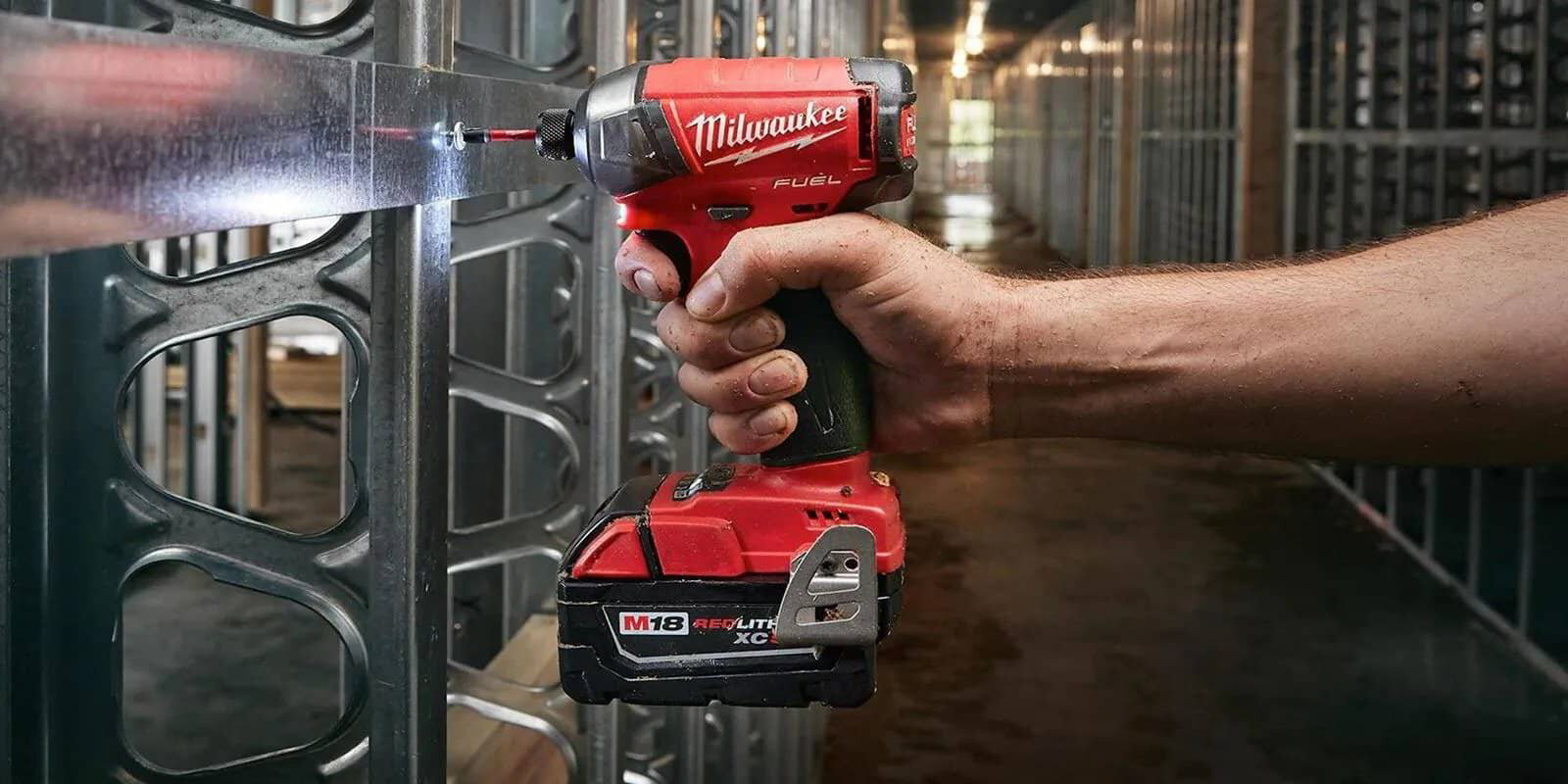
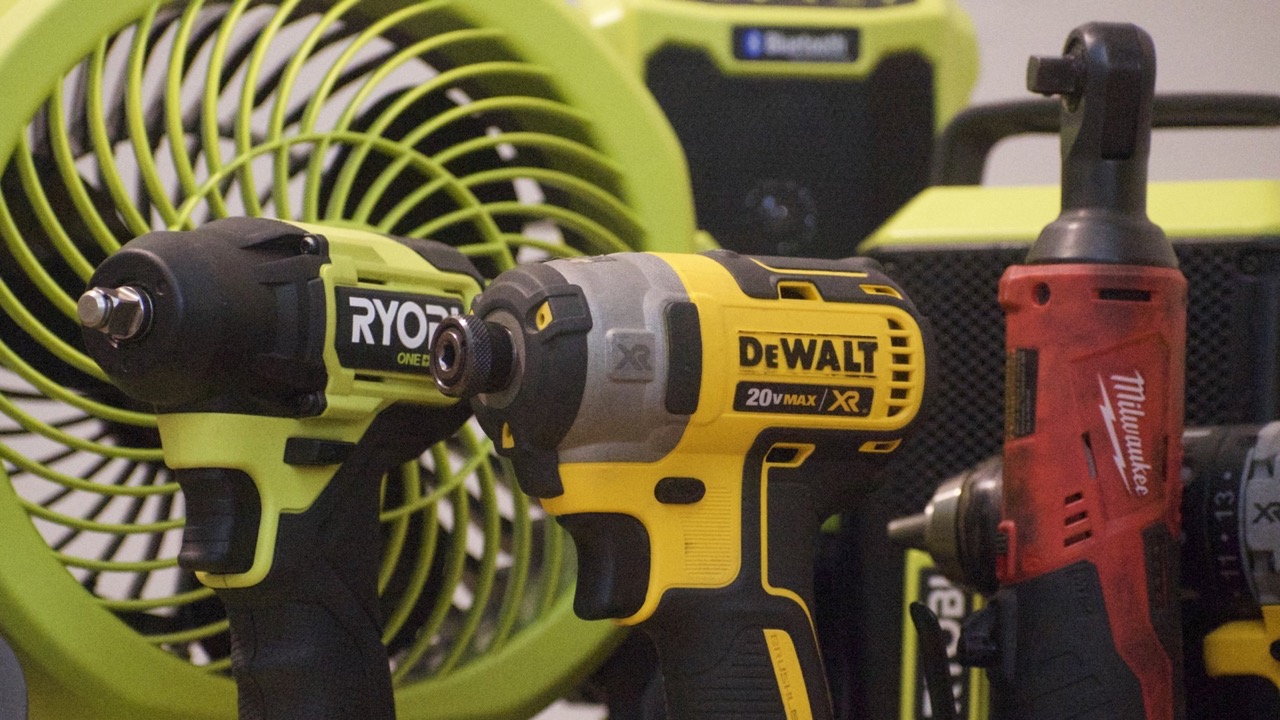

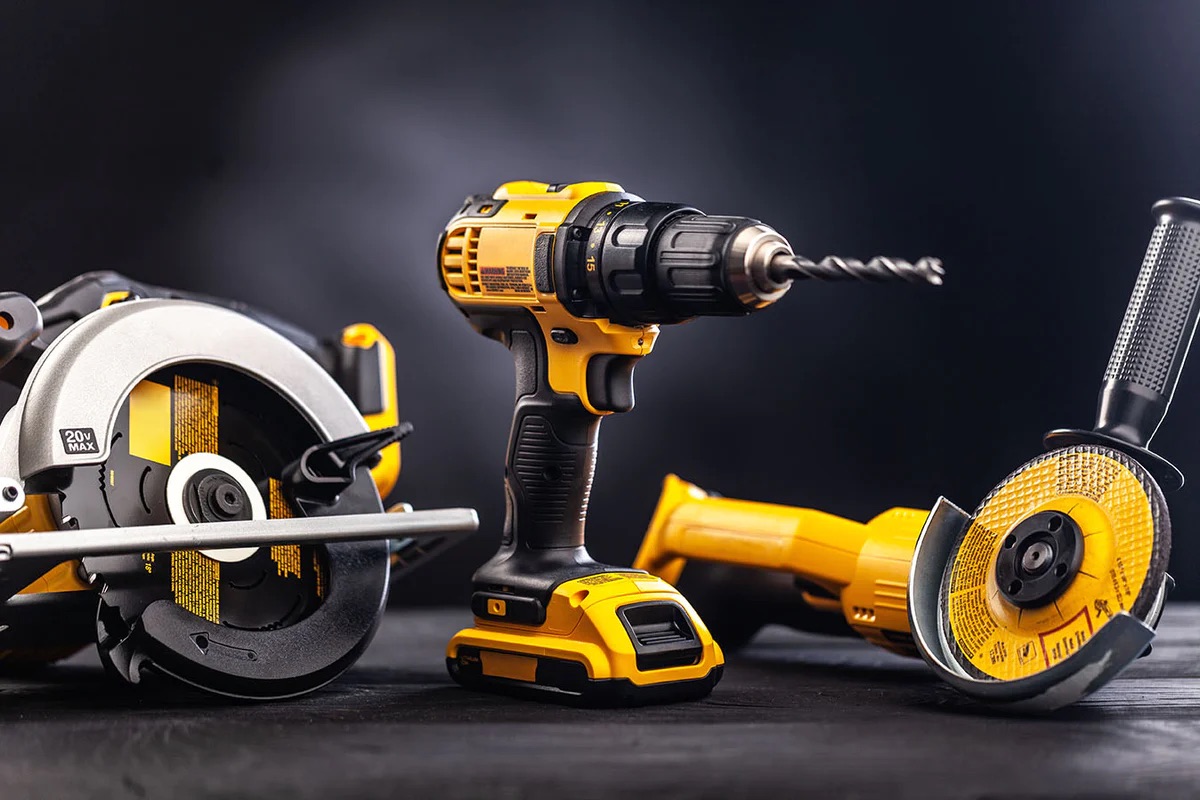
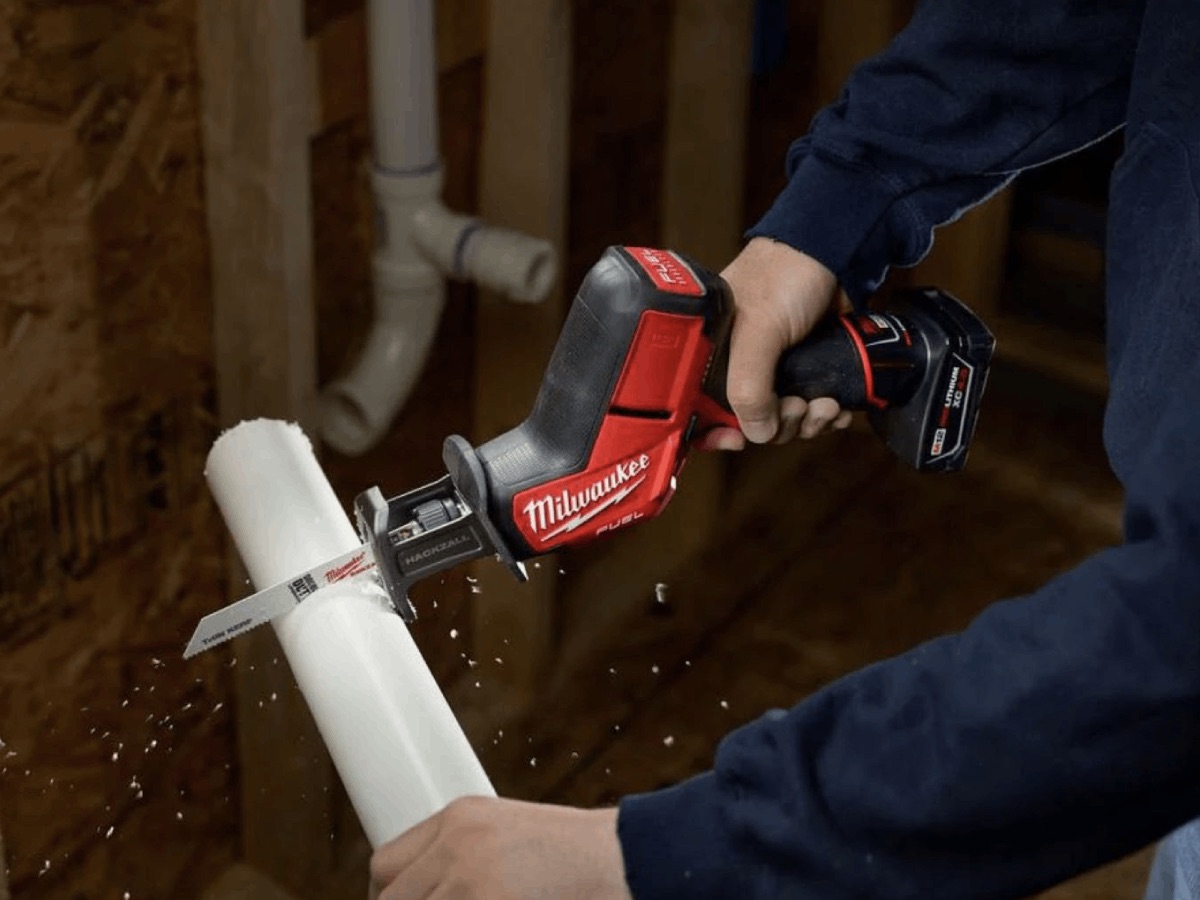
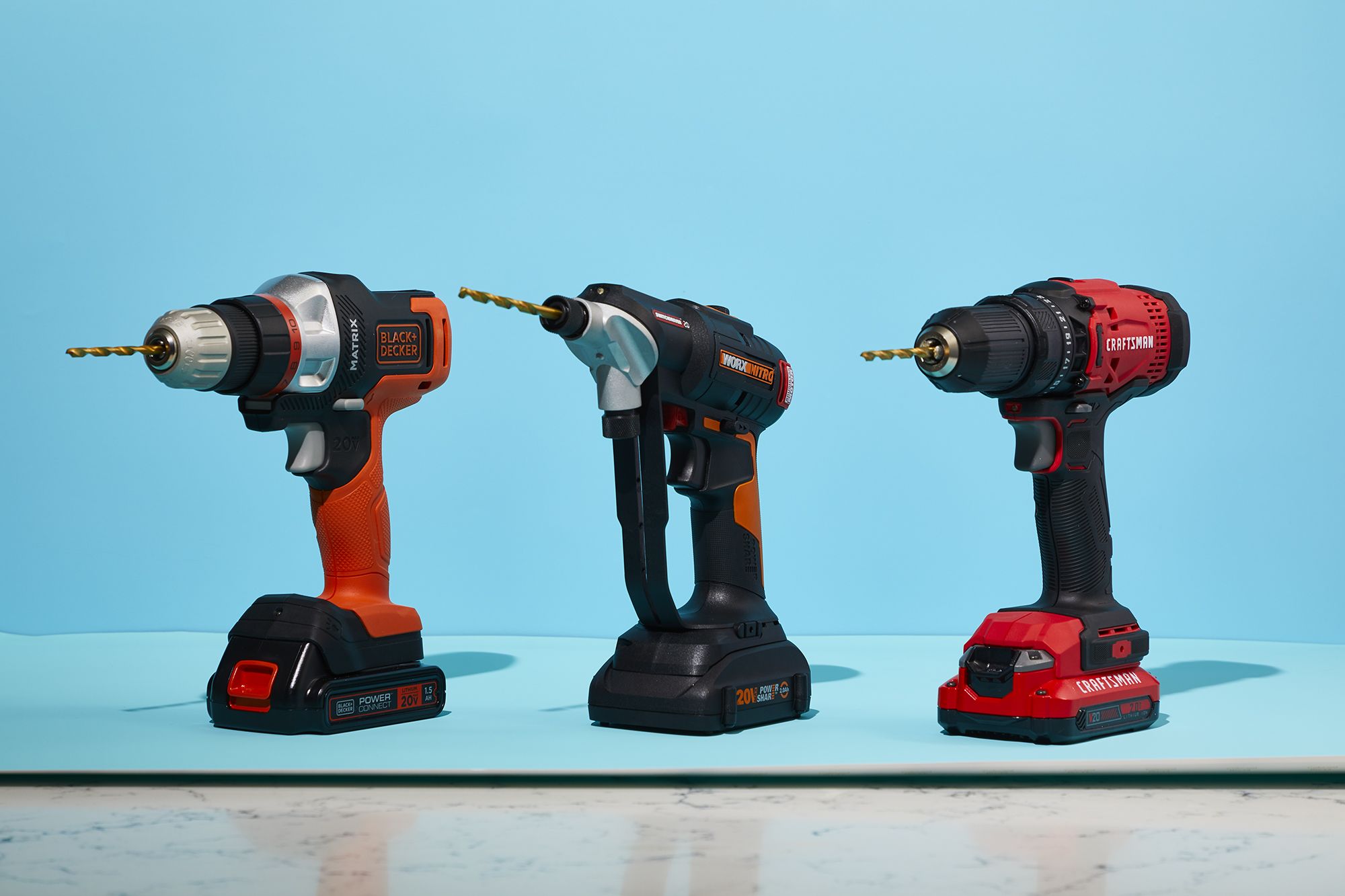
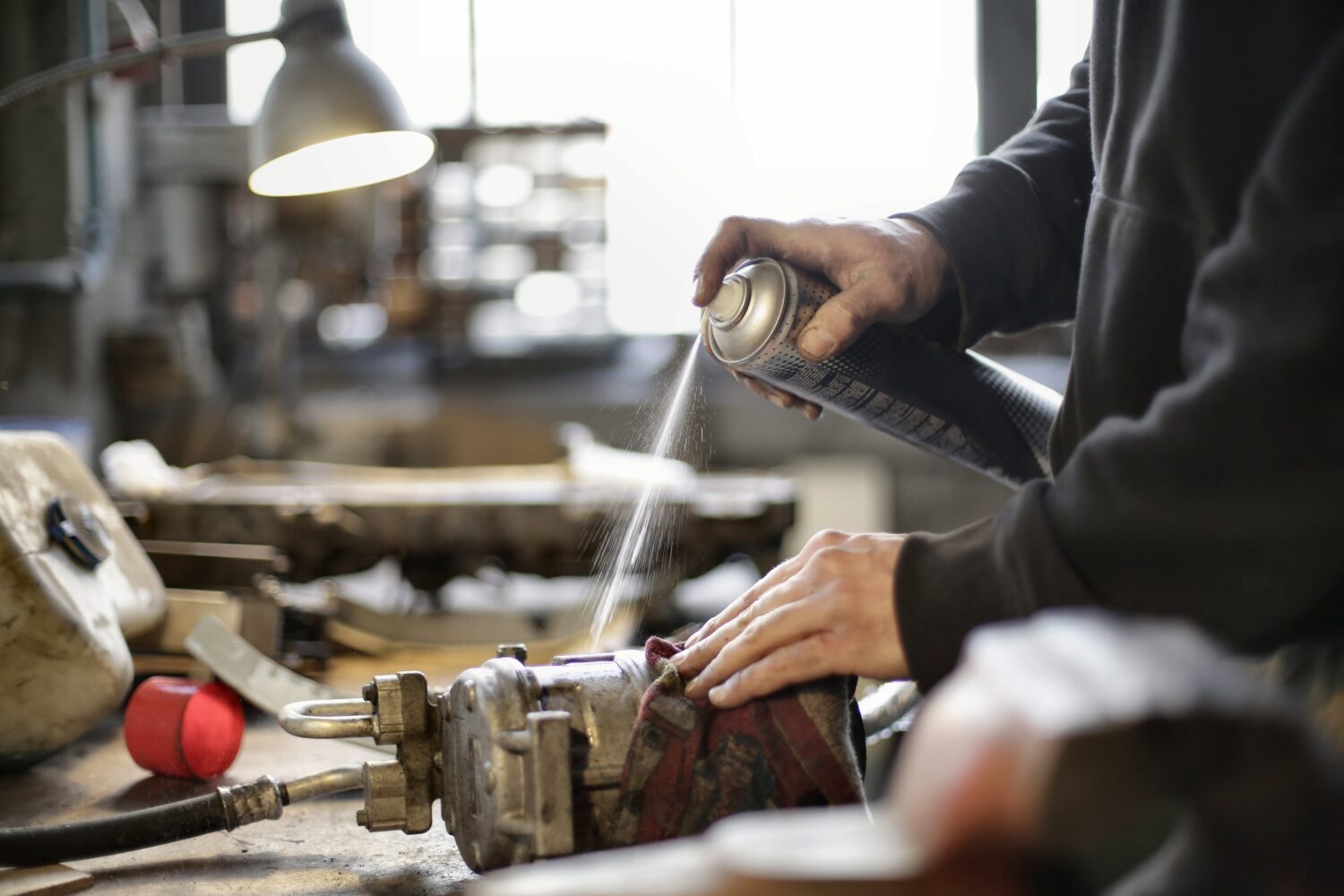
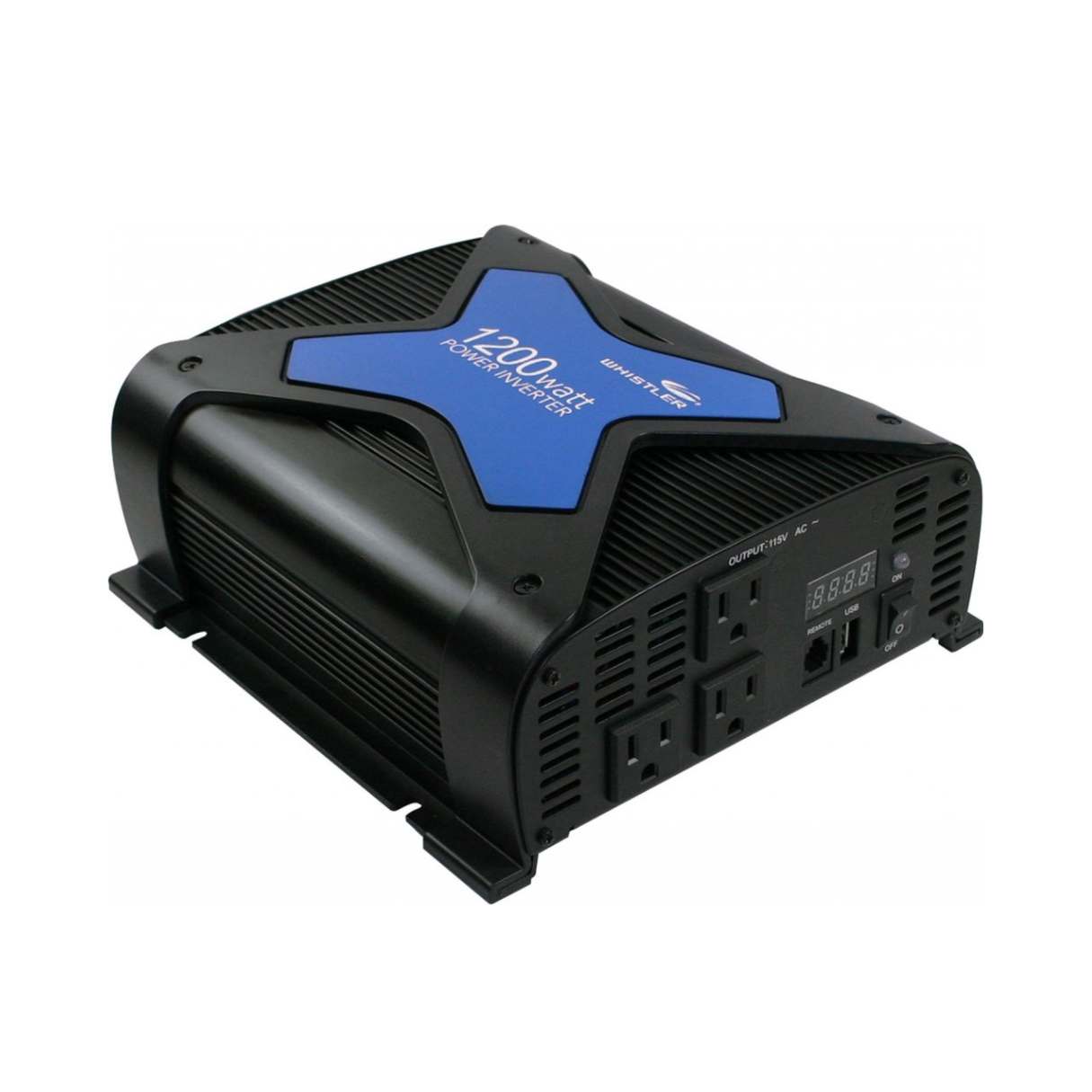
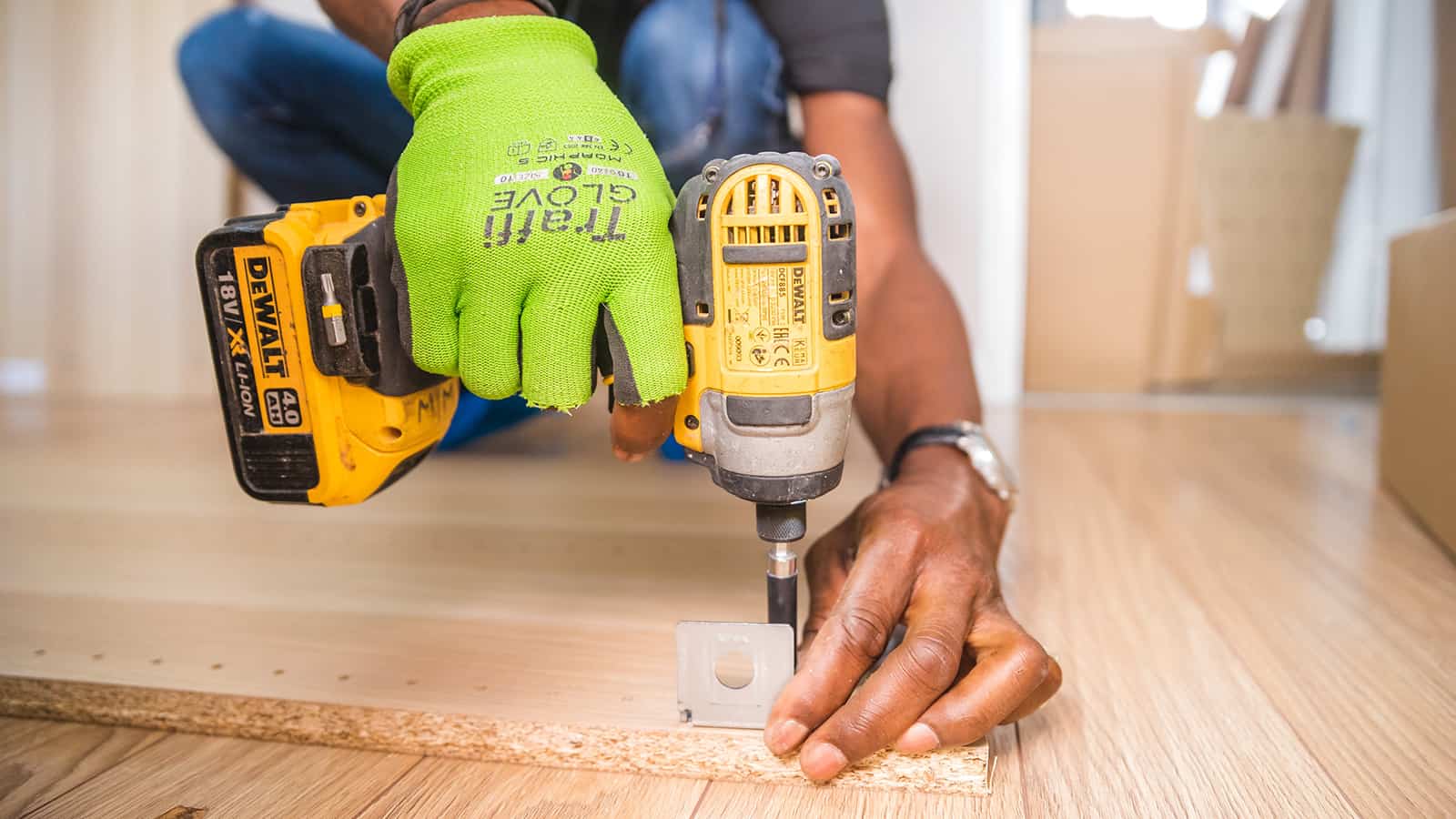

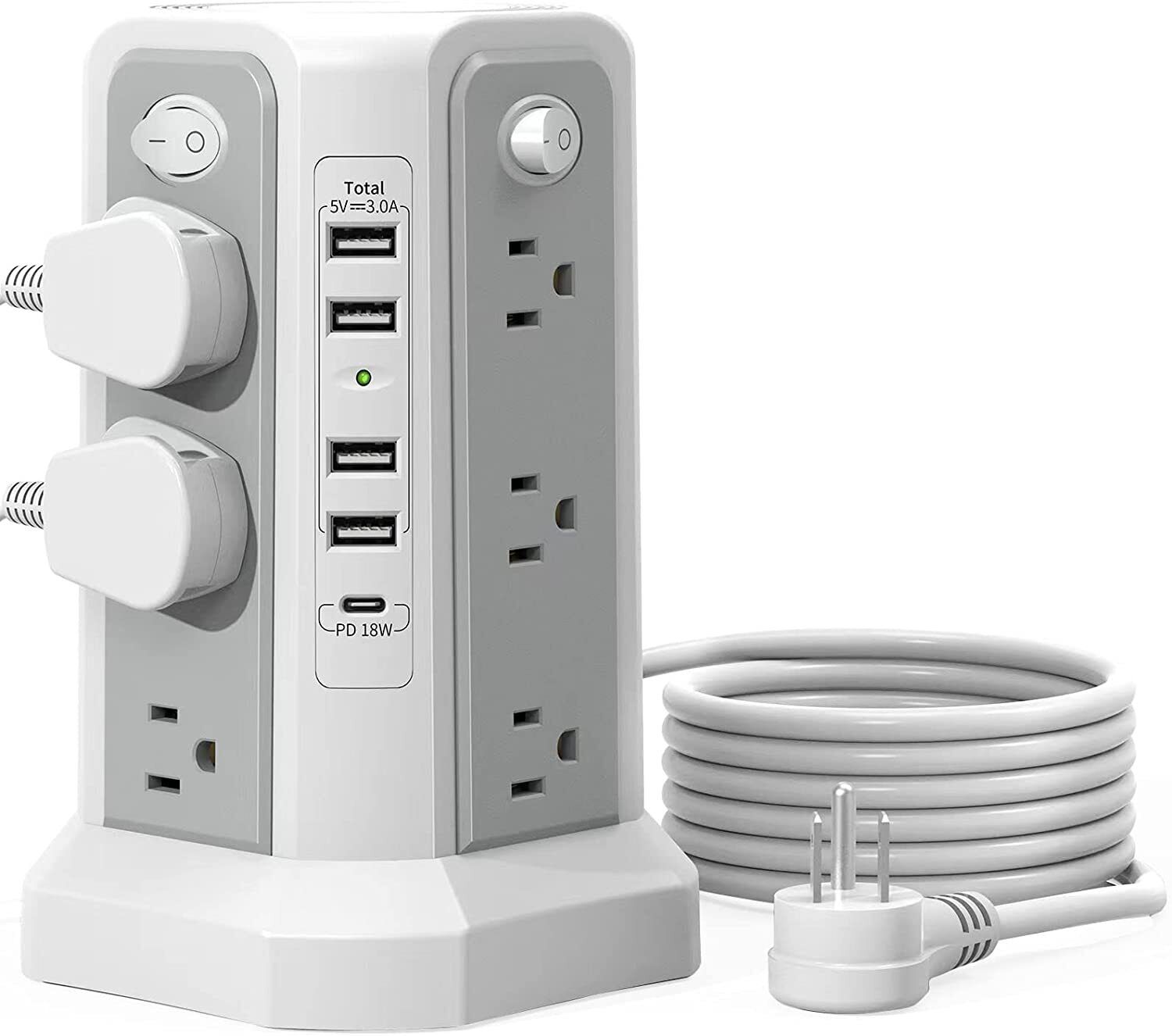
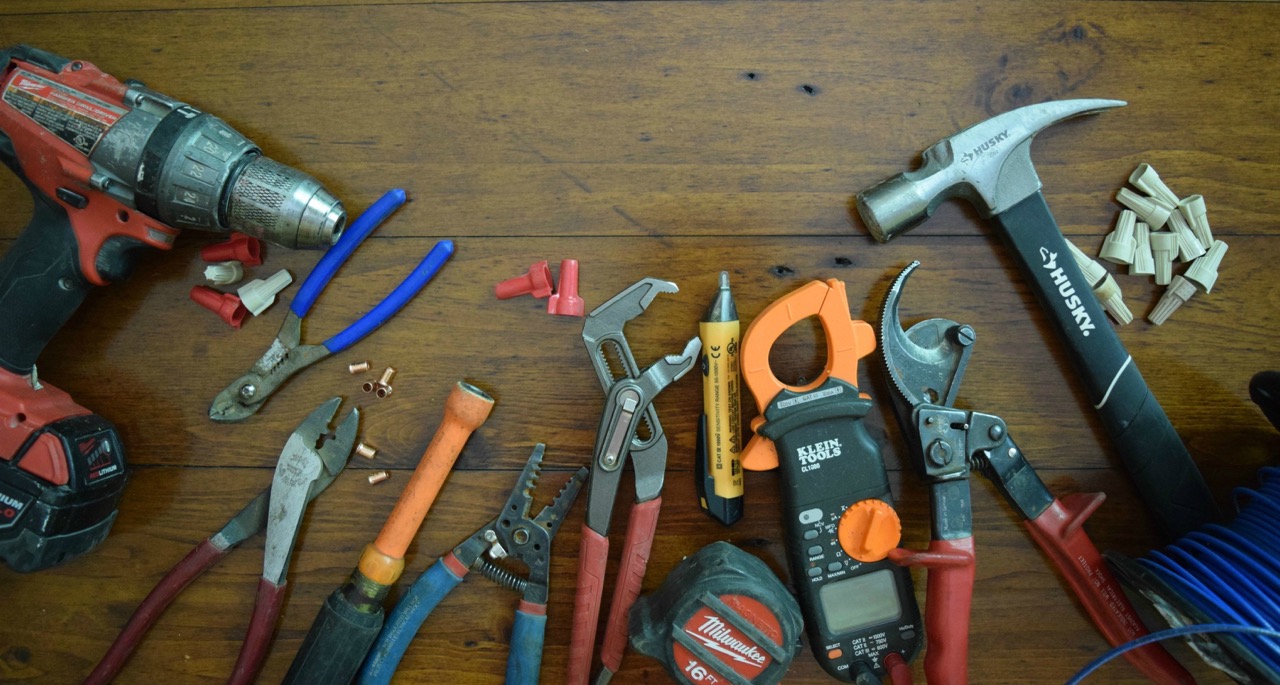
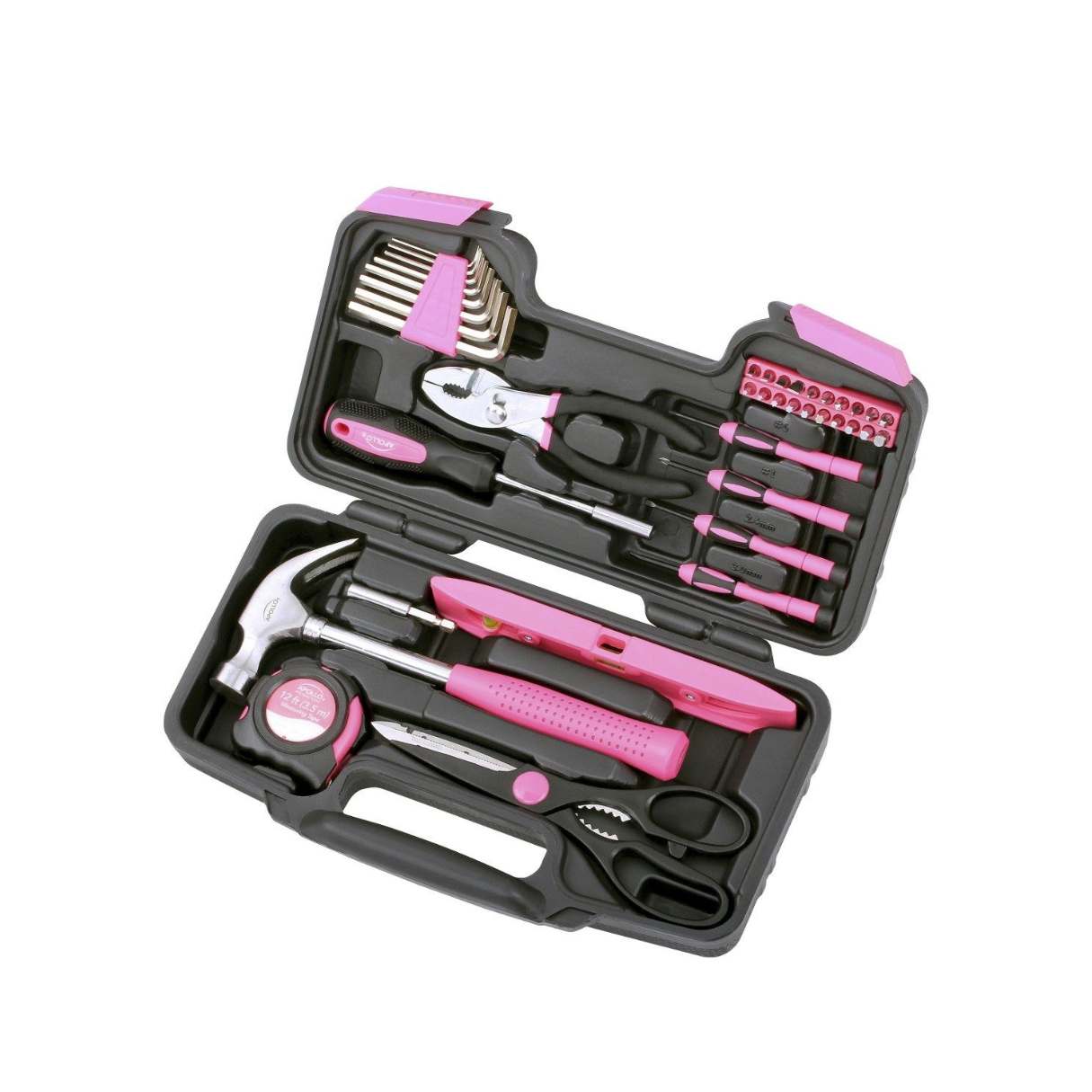
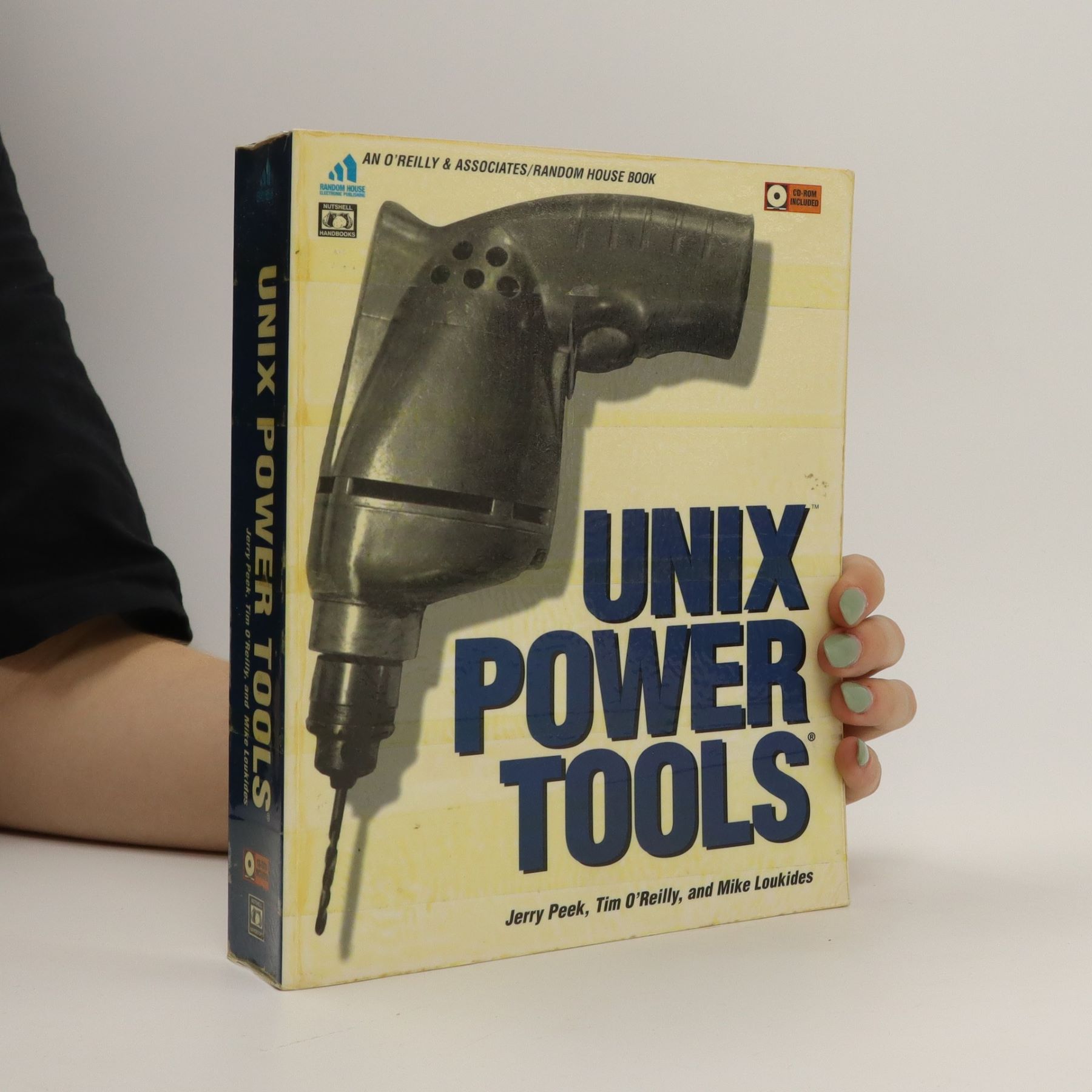

0 thoughts on “What Is The Best Way To Protect Yourself From Getting Caught In Power Tools”